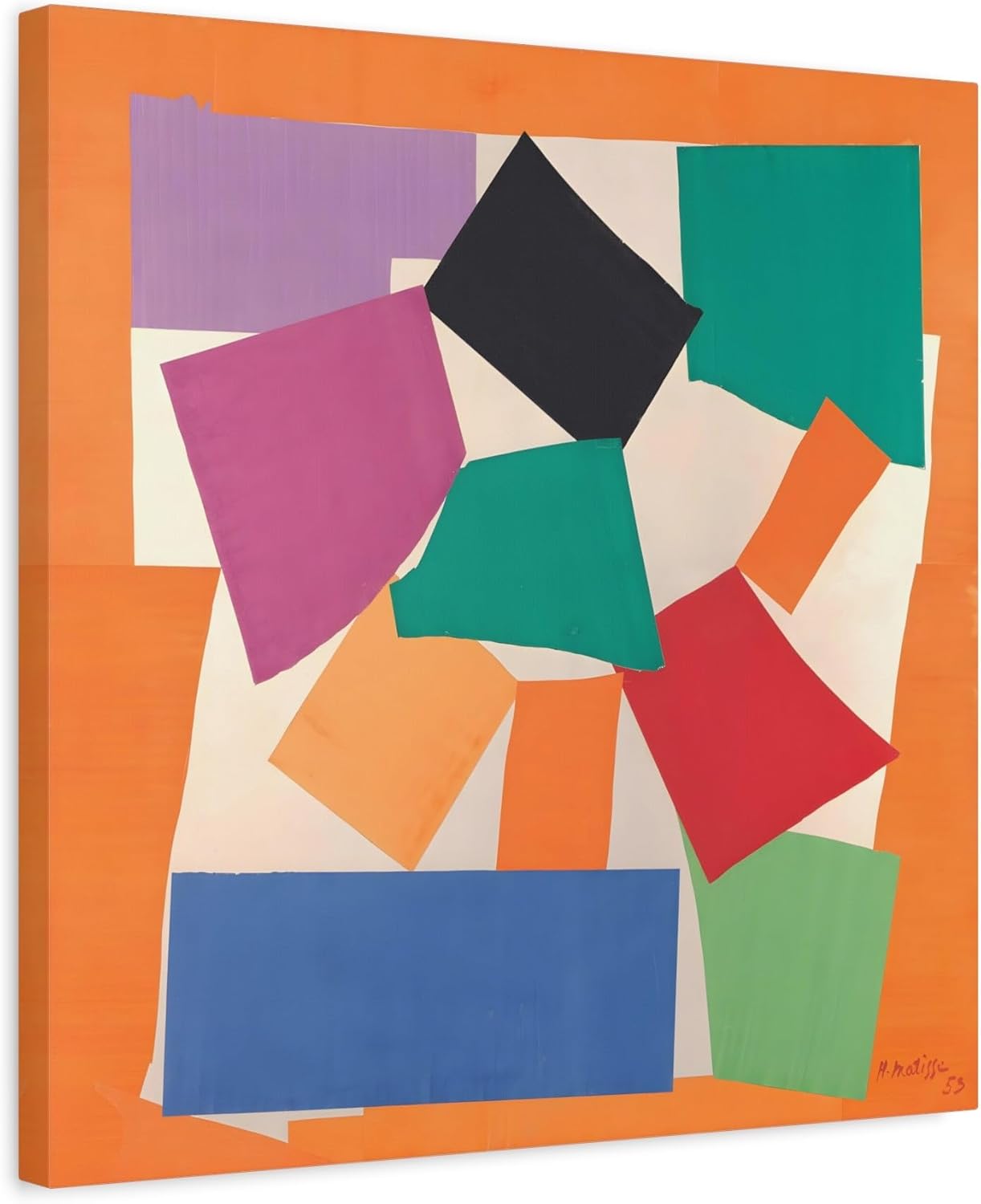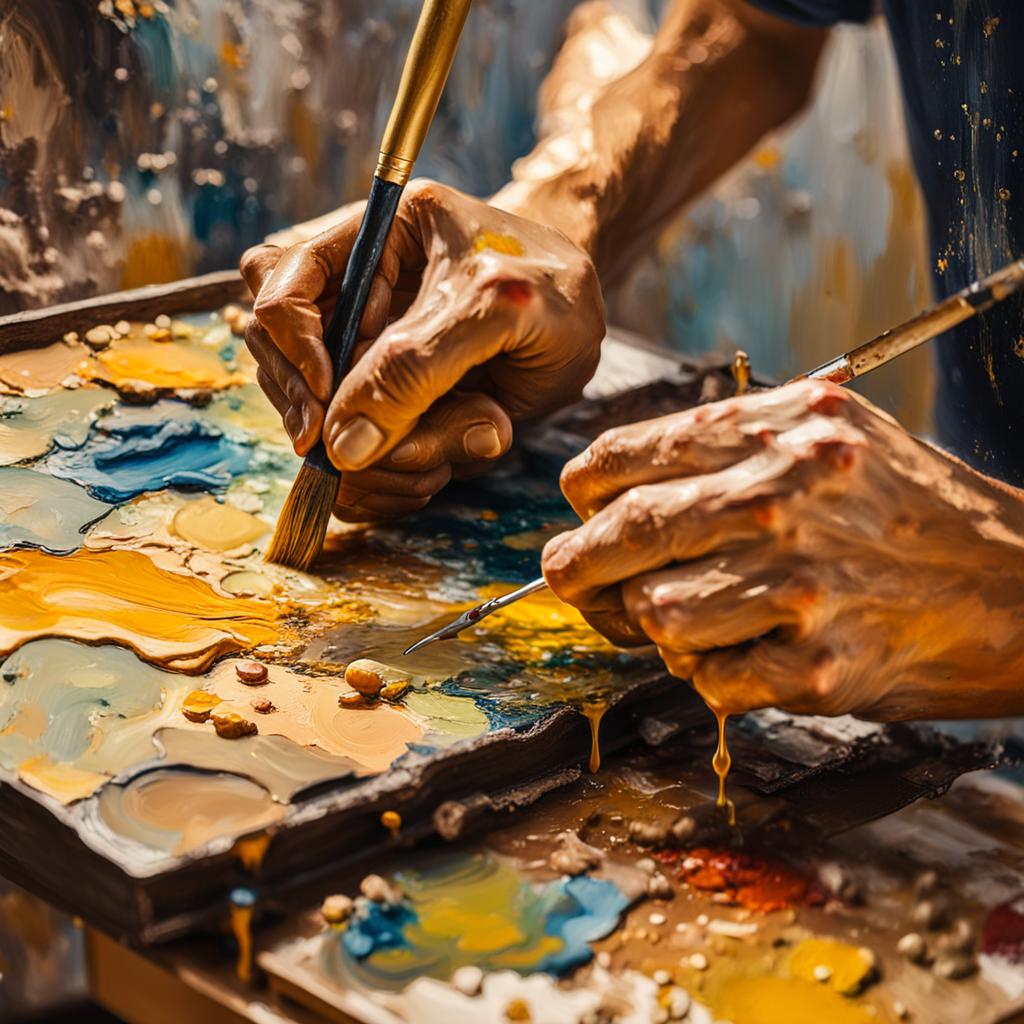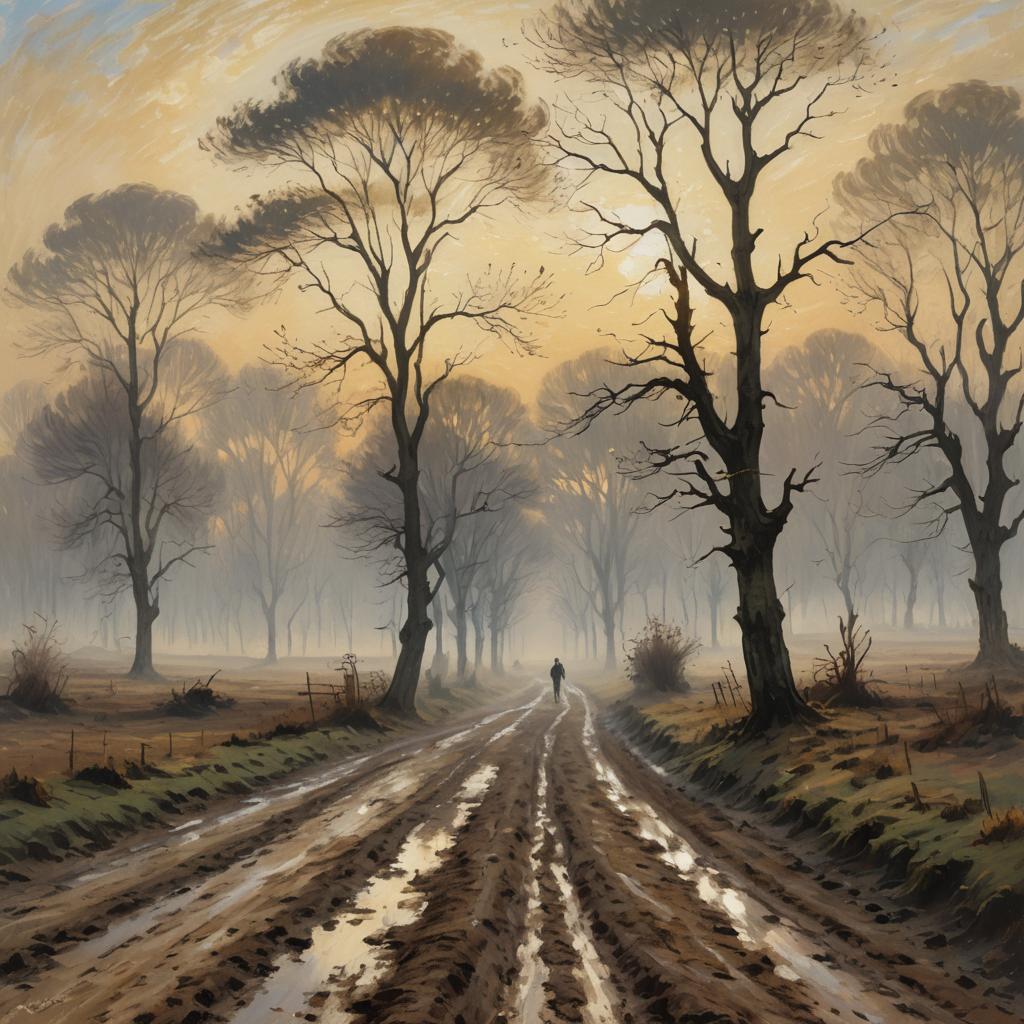Have you ever made a mistake and wished you could just start over? Well, in the world of art, sometimes those very mistakes can lead to unexpected masterpieces. Today, we’re diving into the fascinating realm of famous painting mistakes that not only survived the test of time but became celebrated works of art in their own right. From accidental brush strokes to unintended color mixing, these stories will inspire you to embrace your own artistic “oops” moments!
Listen to our Podcast on Painting Mistakes
The Beauty of Imperfection: Understanding Famous Painting Mistakes
Before we jump into our gallery of glorious gaffes, let’s take a moment to appreciate the role of mistakes in art. In a world obsessed with perfection, it’s refreshing to remember that some of the most beloved paintings in history were born from happy accidents and artistic blunders.
“There are no mistakes in art, only happy accidents.”
Bob Ross
This quote from the beloved TV painter Bob Ross encapsulates the spirit of our exploration today. So, let’s grab our paintbrushes and palette, and dive into the colorful world of famous painting mistakes!
1. The Scream’s Sky: When Nature Throws a Curveball
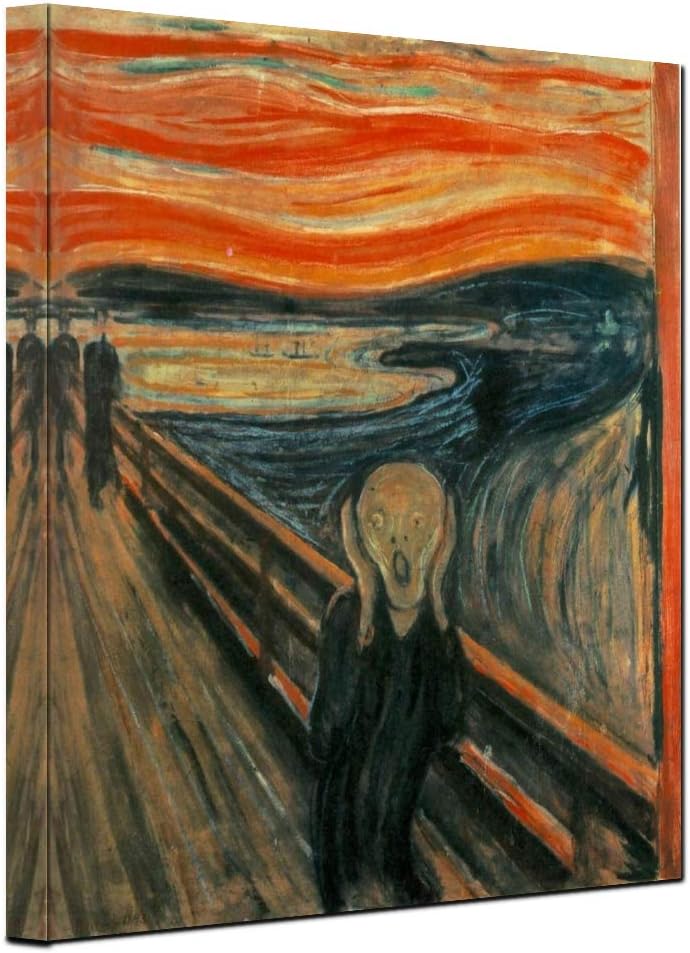
The Mistake That Shocked the World
Edvard Munch’s “The Scream” is one of the most recognizable paintings in the world. But did you know that its iconic blood-red sky was the result of a natural phenomenon rather than Munch’s imagination?
- The Happy Accident: The vivid red sky was inspired by the aftermath of the Krakatoa volcano eruption in 1883.
- The Artist’s Response: Instead of trying to “correct” the unusual colors he saw, Munch embraced them, creating a masterpiece that captures raw emotion and natural wonder.
Lesson Learned: Sometimes, the most striking artistic elements come from observing and embracing the unexpected in our environment.
2. Van Gogh’s Starry Night: A Medicated Masterpiece
When Perception Alters Reality
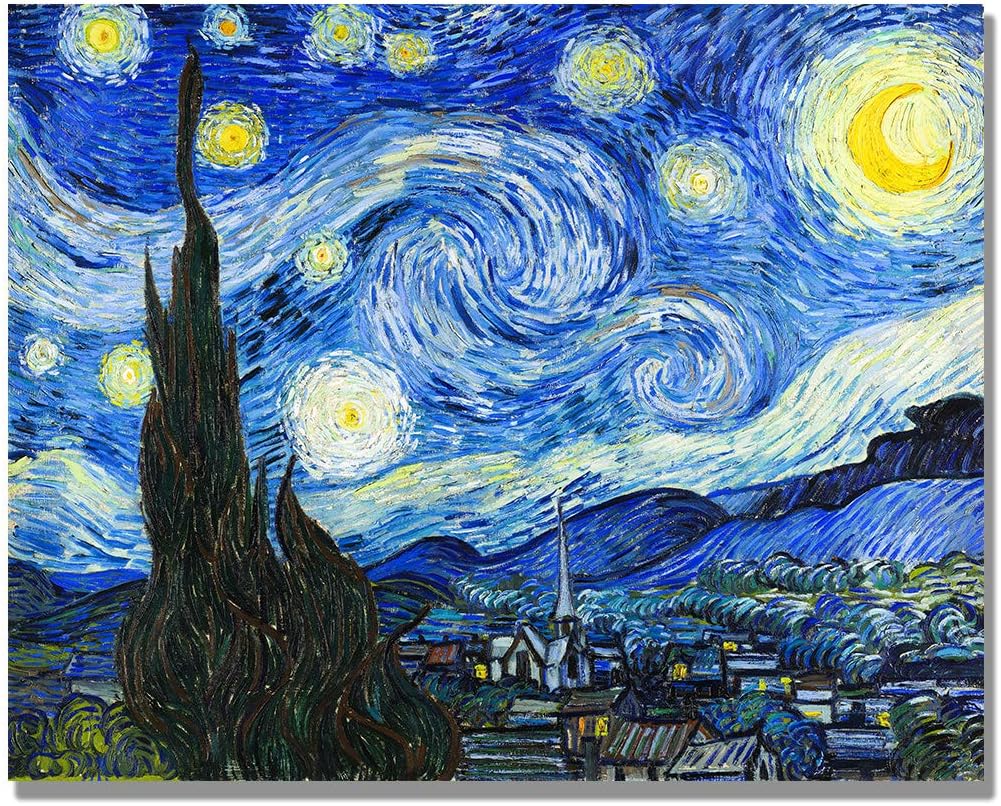
Vincent van Gogh‘s “The Starry Night” is a swirling symphony of colors that has captivated viewers for generations. But the painting’s unique style might be attributed to an unexpected source: medication.
- The Unintended Influence: Van Gogh was taking digitalis for epilepsy, which can cause yellow halos in vision – an effect visible in the painting’s stars and moon.
- The Artistic Outcome: This altered perception led to one of the most famous and beloved paintings in art history.
Lesson Learned: Our unique perceptions, even those influenced by external factors, can lead to extraordinary artistic expressions.
3. Leonardo da Vinci’s Last Supper: A Race Against Time
When Experimentation Meets Deterioration
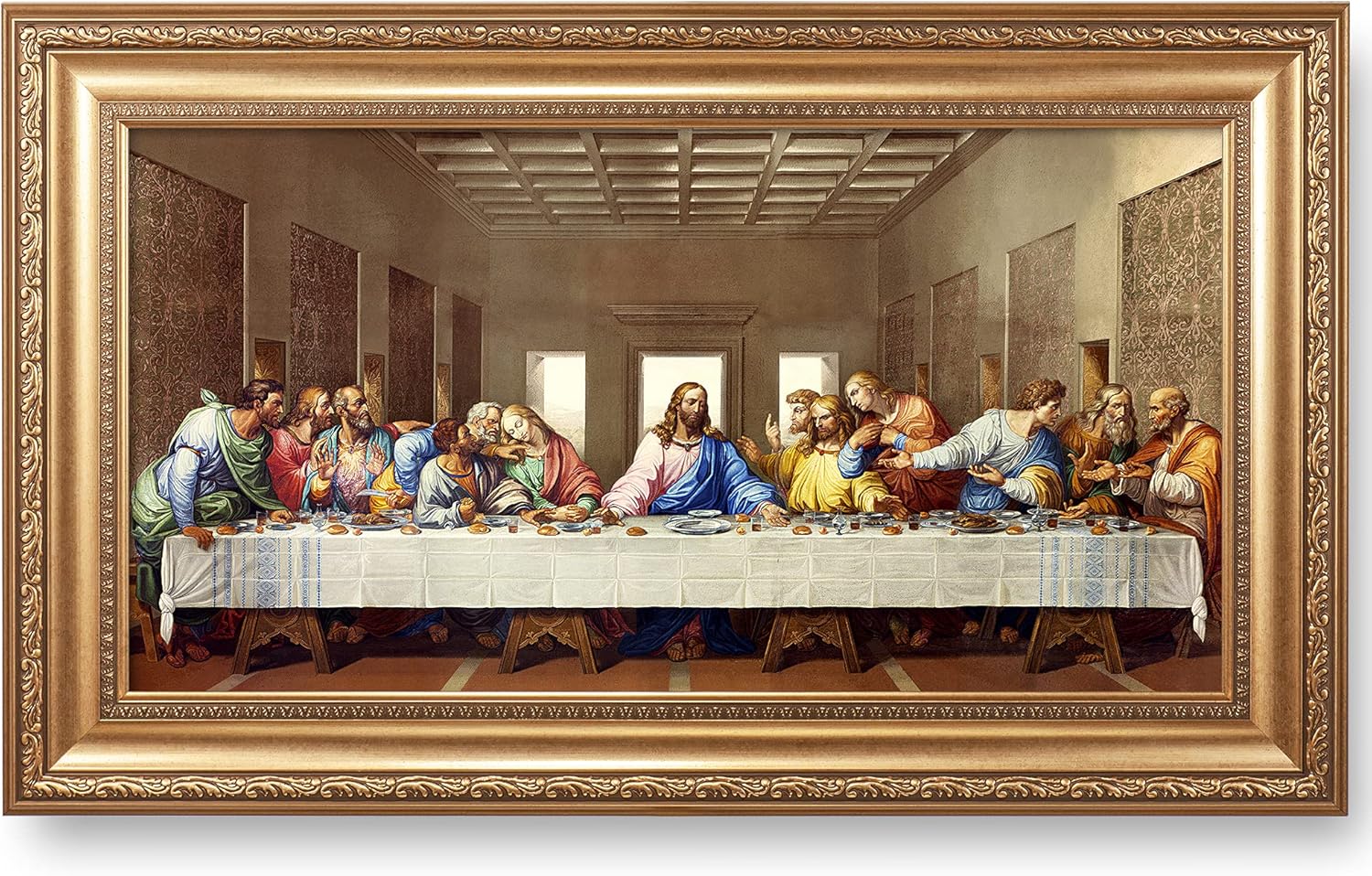
Leonardo da Vinci’s “The Last Supper” is a masterpiece of Renaissance art. However, its creation involved a painting technique mistake that has caused conservators headaches for centuries.
- The Experimental Technique: Da Vinci used an experimental oil-and-tempera mix on dry plaster, rather than traditional fresco techniques.
- The Unintended Consequence: This method caused the paint to start flaking off the wall within da Vinci’s lifetime.
- The Silver Lining: The painting’s fragility has made it one of the most studied and carefully preserved artworks in history, adding to its mystique and cultural significance.
Lesson Learned: Even the greatest masters make mistakes. It’s how we respond to and learn from these mistakes that defines us as artists.
4. Jackson Pollock’s Drip Paintings: Embracing Chaos
When Accidents Become Technique
Jackson Pollock revolutionized abstract expressionism with his iconic drip paintings. But did you know this technique began as a happy accident?
- The Accidental Discovery: Pollock reportedly knocked over a can of paint, and instead of cleaning it up, he became fascinated by the patterns it created.
- The Artistic Revolution: This accident led to Pollock’s development of the drip technique, which became his signature style and changed the course of modern art.
Lesson Learned: Sometimes, our biggest breakthroughs come from embracing and exploring our mistakes rather than trying to erase them.
5. Rembrandt’s Night Watch: A Cut Above the Rest
When Alteration Leads to Adaptation

Rembrandt’s “The Night Watch” is a masterpiece of the Dutch Golden Age. But the painting we see today is not exactly as Rembrandt intended it.
- The Unintended Trim: In 1715, the painting was cut down on all four sides to fit a new location, removing key elements of the composition.
- The Artistic Triumph: Despite this drastic alteration, the painting remains a masterpiece, with the cropping inadvertently creating a more dynamic and focused composition.
Lesson Learned: Even when circumstances force us to alter our work, the core of a great piece can shine through, sometimes even brighter than before.
6. Henri Matisse’s The Snail: When Disability Sparks Creativity
Turning Physical Limitations into Artistic Innovations

Henri Matisse‘s colorful cut-out works, like “The Snail,” came about due to a physical limitation that many would consider a career-ending mistake.
- The Challenging Circumstance: In his later years, Matisse was confined to a wheelchair and unable to paint as he used to.
- The Creative Solution: Instead of giving up, Matisse began creating vibrant compositions using cut paper, leading to some of his most celebrated works.
Lesson Learned: Physical or circumstantial limitations can lead to new and innovative artistic techniques if we approach them with creativity and determination.
7. Pablo Picasso’s Bull’s Head: The Art of Repurposing
When Everyday Objects Become Extraordinary Art
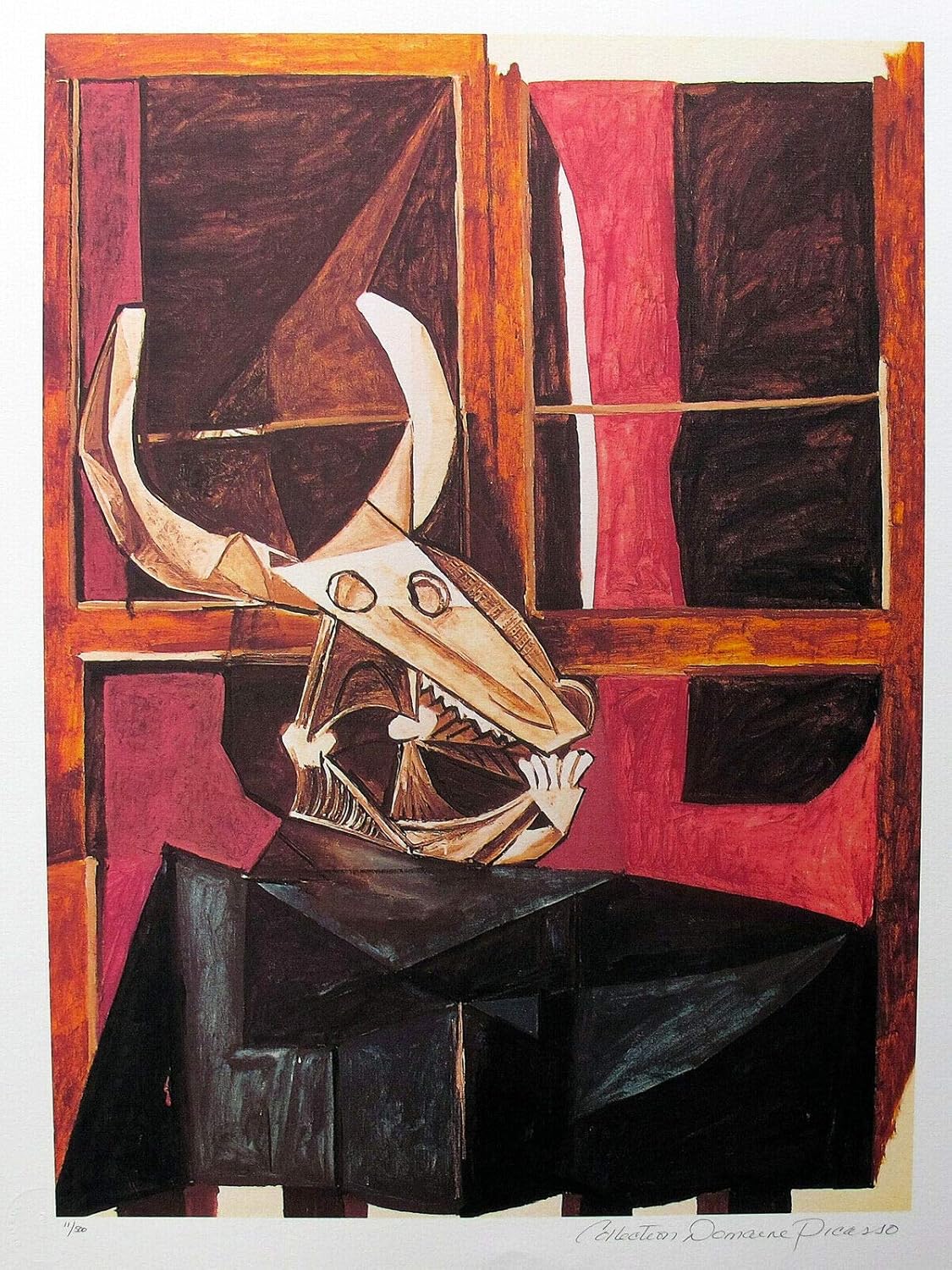
Pablo Picasso’s sculpture “Bull’s Head” is a prime example of how a mistake in perception can lead to artistic brilliance.
- The Unexpected Vision: Picasso saw a bicycle seat and handlebars in his studio and, instead of seeing them as mistakes or trash, envisioned them as a bull’s head.
- The Artistic Alchemy: By combining these everyday objects, Picasso created a sculpture that challenges our perception and definition of art.
Lesson Learned: Art can be found in the most unexpected places. Sometimes, what we perceive as useless or out of place can become the foundation of a masterpiece.
8. Claude Monet’s Water Lilies: A Visionary Impairment
When Failing Eyesight Leads to Impressionist Masterpieces
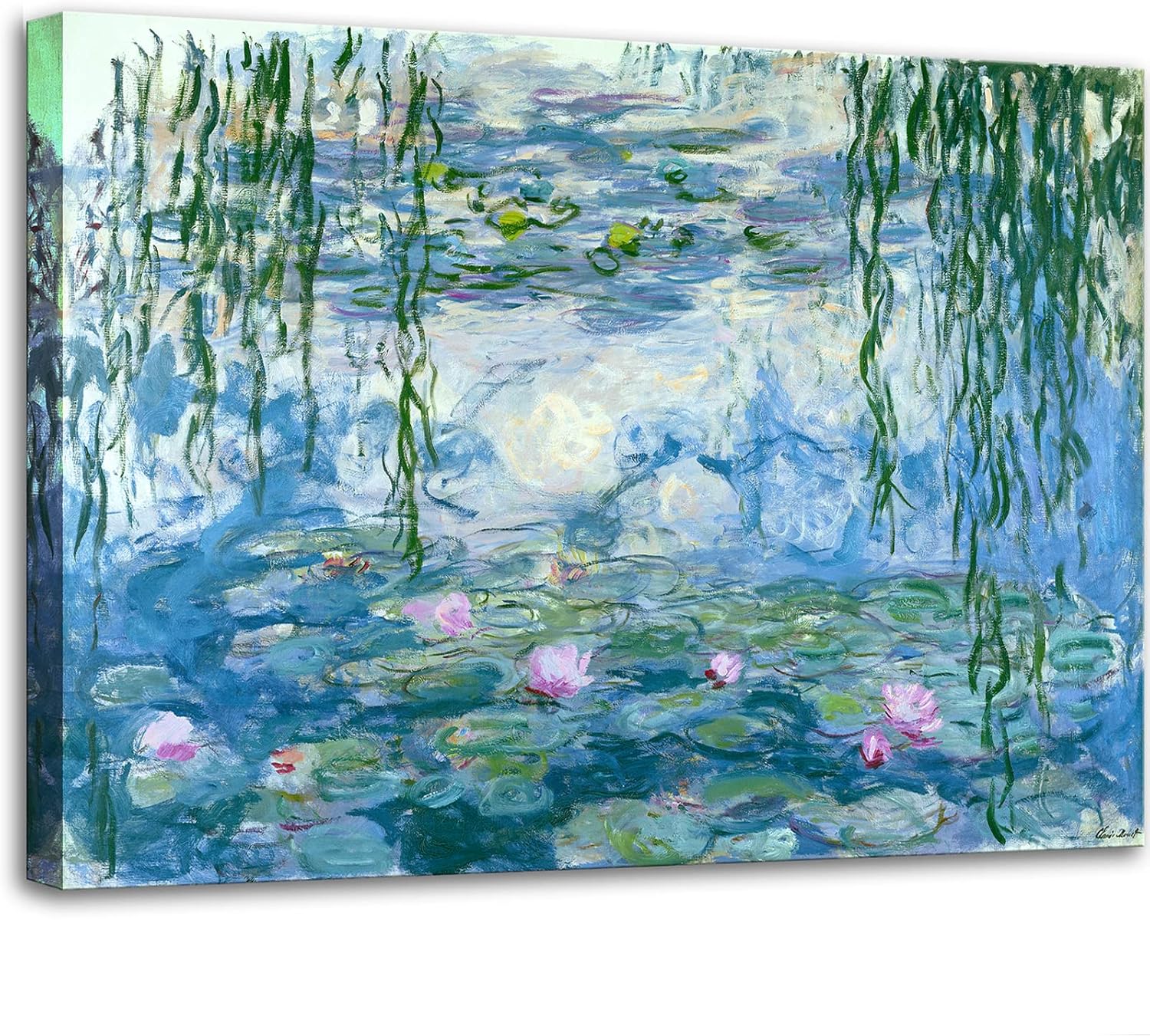
Claude Monet’s later Water Lilies series is known for its abstract qualities and vibrant colors. But these characteristics were partly the result of an unintended physical change.
- The Visual Challenge: Monet developed cataracts, which affected his color perception and visual acuity.
- The Artistic Evolution: Instead of stopping his work, Monet adapted, creating increasingly abstract and emotionally evocative paintings that pushed the boundaries of Impressionism.
Lesson Learned: Physical changes or challenges can lead to new artistic perspectives and styles. Embracing these changes can open up new avenues of expression.
9. Andy Warhol’s Oxidation Paintings: A Happy Accident
When Unconventional Methods Lead to Unexpected Art
Andy Warhol’s Oxidation Paintings, also known as the “Piss Paintings,” came about through an unconventional and accidental method.
- The Unusual Technique: Warhol and his assistants urinated on canvases covered with metallic paint, causing a chemical reaction.
- The Surprising Result: The resulting abstract patterns and colors created unique, shimmering compositions that challenged traditional painting methods.
Lesson Learned: Sometimes, the most innovative art comes from unconventional methods and embracing the unexpected results of our experiments.
10. Michelangelo’s David: A Flawed Marble’s Redemption
When Material Imperfections Inspire Greatness
Michelangelo’s David is considered one of the greatest sculptures ever created. But did you know it started as a mistake made by another artist?
- The Initial Error: The block of marble used for David had been poorly begun on by another sculptor and left abandoned for 25 years.
- The Masterful Solution: Michelangelo saw potential in the flawed block and worked with its limitations to create his masterpiece.
Lesson Learned: Even when we start with imperfect materials or situations, our creativity and skill can turn these limitations into unique strengths.
Embracing the Beautiful Mistakes: Lessons for Every Artist
As we’ve seen through these famous painting mistakes, some of the world’s most celebrated artworks came from accidents, limitations, or unexpected circumstances. Here are some key takeaways for artists of all levels:
- Embrace the Unexpected: Don’t be too quick to erase or correct what you perceive as mistakes. They might lead you to new and exciting artistic territories.
- Adapt and Overcome: Physical limitations or changes in circumstances can be the birthplace of new techniques and styles.
- Stay Open to Happy Accidents: Sometimes, the most innovative art comes from unintended consequences of our actions or experiments.
- Challenge Perceptions: What might seem like a mistake or flaw to one person could be the key to a masterpiece in the eyes of an artist.
- Learn from the Masters: Even the greatest artists in history made mistakes. It’s how they responded to these mistakes that set them apart.
- Experiment Boldly: Don’t be afraid to try new techniques or materials. Even if they don’t work out as intended, the results might surprise you.
- Find Beauty in Imperfection: Remember that art is not about achieving perfection, but about expressing emotion, challenging perceptions, and capturing the human experience in all its messy glory.
Conclusion: The Masterpiece in Every Mistake
As we’ve journeyed through these famous painting mistakes, we’ve seen how some of the most celebrated works of art in history were born from accidents, limitations, and unexpected circumstances. From Van Gogh’s medicated masterpiece to Pollock’s revolutionary spills, these stories remind us that in art, as in life, our so-called mistakes can often be our greatest teachers and unexpected gifts.
So the next time you make a mistake in your artistic endeavors, pause before you reach for the eraser or the paint thinner. Take a moment to consider: Could this be the beginning of your own masterpiece? After all, in the wonderful world of art, today’s mistake might just be tomorrow’s stroke of genius!
Remember, every brushstroke is a step on your artistic journey. Embrace the unexpected, learn from the masters, and keep creating – mistakes and all! 🎨✨

